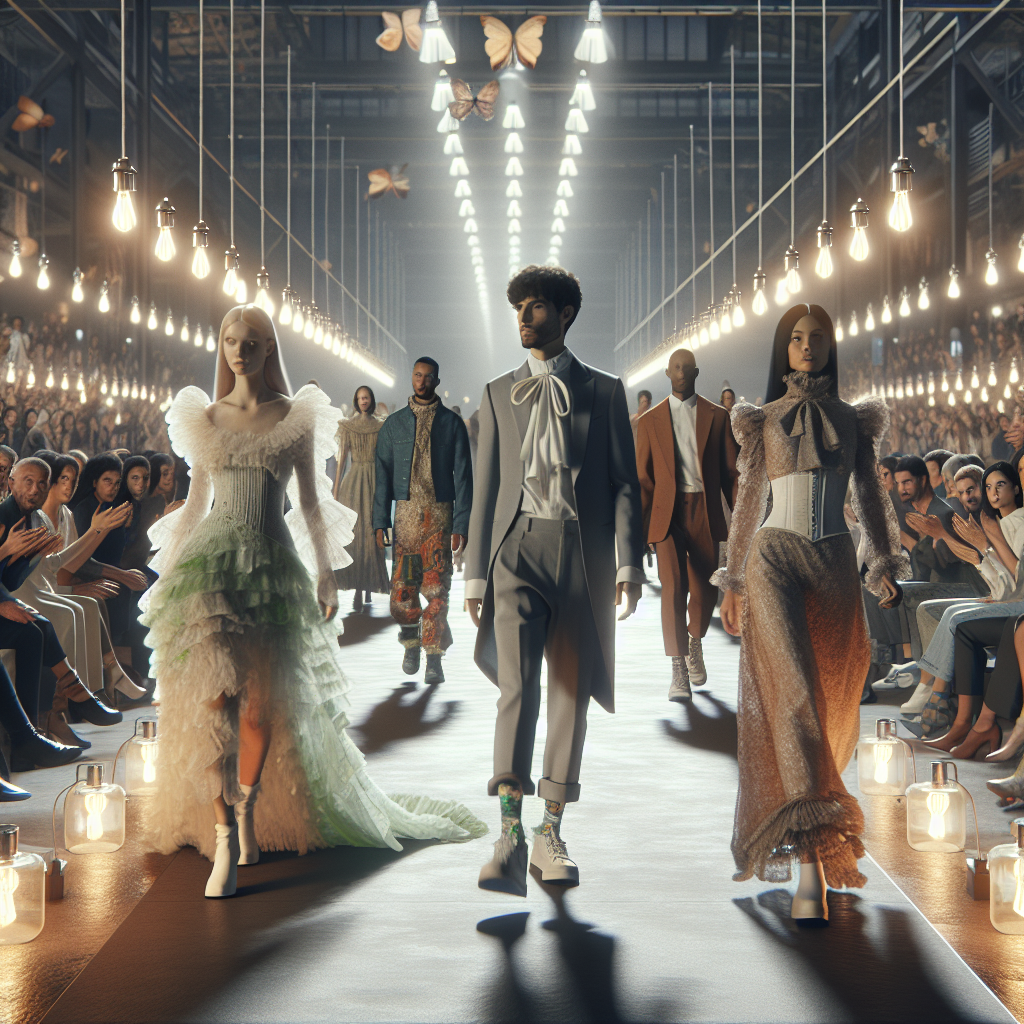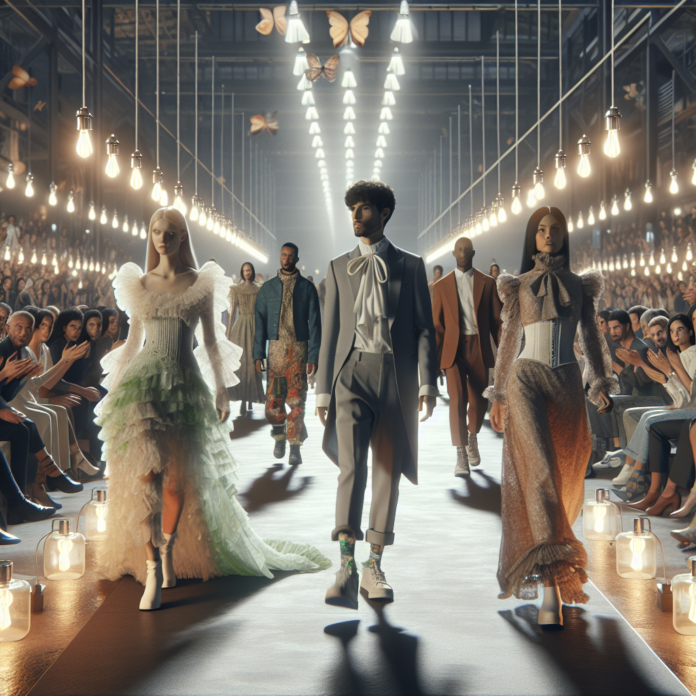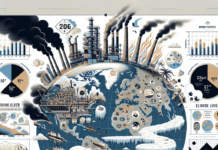
Introduction
As we navigate through 2024, the fashion industry is undergoing a significant transformation, embracing eco-friendly practices that prioritize sustainability and environmental responsibility. Imagine a world where your wardrobe not only reflects your style but also supports the planet. Eco-friendly fashion is not just a trend; it’s a movement that combines creativity with conscience, urging consumers and designers alike to rethink their choices. In this article, we’ll explore the key trends in eco-friendly fashion, the innovations driving this change, and the implications for consumers and the industry as a whole.
1. Key Trends in Eco-Friendly Fashion
1.1 Sustainable Materials
A major trend in eco-friendly fashion is the use of sustainable materials, such as organic cotton, hemp, and recycled fabrics. Picture a wardrobe filled with garments made from materials that minimize environmental impact—this shift not only reduces waste but also promotes ethical sourcing. Designers are increasingly turning to innovative fabrics that require less water and energy, aligning with consumer demand for more sustainable options.
1.2 Circular Fashion
Circular fashion is revolutionizing how we think about clothing lifecycle. Instead of the traditional linear model of “buy, use, discard,” circular fashion encourages recycling, upcycling, and reselling. Imagine a marketplace where you can exchange gently used clothes, knowing they’ll find a new home instead of ending up in a landfill. This trend emphasizes the importance of reducing waste and promoting longevity in our wardrobes.
1.3 Transparency and Ethical Practices
Consumers are becoming more conscious of where and how their clothes are made, leading to a demand for transparency in the fashion supply chain. Brands that openly share their sourcing, manufacturing processes, and labor practices are gaining consumer trust. Imagine purchasing clothing from a brand that provides detailed information about its environmental impact and the working conditions of its employees—this transparency empowers consumers to make informed choices.
2. Innovations in Eco-Friendly Fashion
2.1 Technology and Sustainable Production
Innovative technologies are playing a crucial role in making fashion more sustainable. From 3D printing to AI-driven design, these advancements are reducing waste and increasing efficiency in production. Imagine a fashion label that uses 3D printing to create custom designs on demand, eliminating excess inventory and minimizing waste. This technological shift is paving the way for a more sustainable fashion industry.
2.2 Biodegradable Fabrics
The development of biodegradable fabrics is an exciting innovation in eco-friendly fashion. These materials break down naturally after their lifecycle, reducing the environmental impact of clothing disposal. Picture a garment that, after years of use, can decompose and return to the earth rather than contributing to landfill waste. This advancement represents a significant step toward sustainable fashion solutions.
2.3 Rental and Subscription Services
The rise of rental and subscription services is transforming how we approach fashion consumption. Instead of purchasing new items, consumers can rent high-quality clothing for special occasions or subscribe to services that deliver curated outfits. Imagine a wardrobe that changes with the seasons without the need for constant buying—this model promotes sustainability by extending the lifecycle of garments and reducing waste.
3. Challenges and Considerations
3.1 Greenwashing Concerns
As the demand for eco-friendly fashion grows, so does the risk of greenwashing—when brands falsely claim to be sustainable. Consumers must remain vigilant and discerning, seeking out brands that genuinely prioritize eco-friendly practices. Imagine a scenario where shoppers are misled by clever marketing, undermining the integrity of sustainable fashion—this highlights the need for education and awareness among consumers.
3.2 Cost of Sustainable Fashion
Sustainable fashion can sometimes come with a higher price tag due to the costs associated with ethical production and sustainable materials. This raises questions about accessibility and inclusivity in the eco-friendly fashion movement. Imagine a world where sustainable options are available to all, not just those who can afford premium prices—addressing these issues is crucial for the future of eco-friendly fashion.
3.3 Industry Resistance
Transitioning to sustainable practices can be challenging for established brands, which may resist change due to cost implications or fear of losing market share. Imagine a fashion giant struggling to adapt to eco-friendly practices while consumers increasingly demand sustainability—this tension underscores the importance of industry-wide commitment to change.
Common Questions About Eco-Friendly Fashion
1. What is eco-friendly fashion?
Eco-friendly fashion refers to clothing and accessories produced with sustainable materials and ethical practices that minimize environmental impact.
2. How can consumers support eco-friendly fashion?
Consumers can support eco-friendly fashion by choosing sustainable brands, buying second-hand, participating in clothing swaps, and being mindful of their purchasing decisions.
3. What are the benefits of circular fashion?
Circular fashion reduces waste by promoting the reuse and recycling of clothing, extending the lifecycle of garments and minimizing environmental impact.
4. How does technology impact sustainable fashion?
Technology enables more efficient production methods, reduces waste through innovations like 3D printing, and creates biodegradable fabrics.
5. What is greenwashing, and why is it a concern?
Greenwashing occurs when brands falsely claim to be environmentally friendly. It misleads consumers and undermines genuine sustainability efforts in the fashion industry.
Conclusion
Eco-friendly fashion represents a vital shift towards sustainability, creativity, and consciousness in the industry. By embracing innovative materials, practices, and technologies, we can create a future where fashion not only reflects personal style but also supports the planet. Together, let’s champion sustainable fashion, holding brands accountable and making choices that promote a healthier world. The journey toward eco-friendly fashion is just beginning—let’s step forward with purpose and passion!







